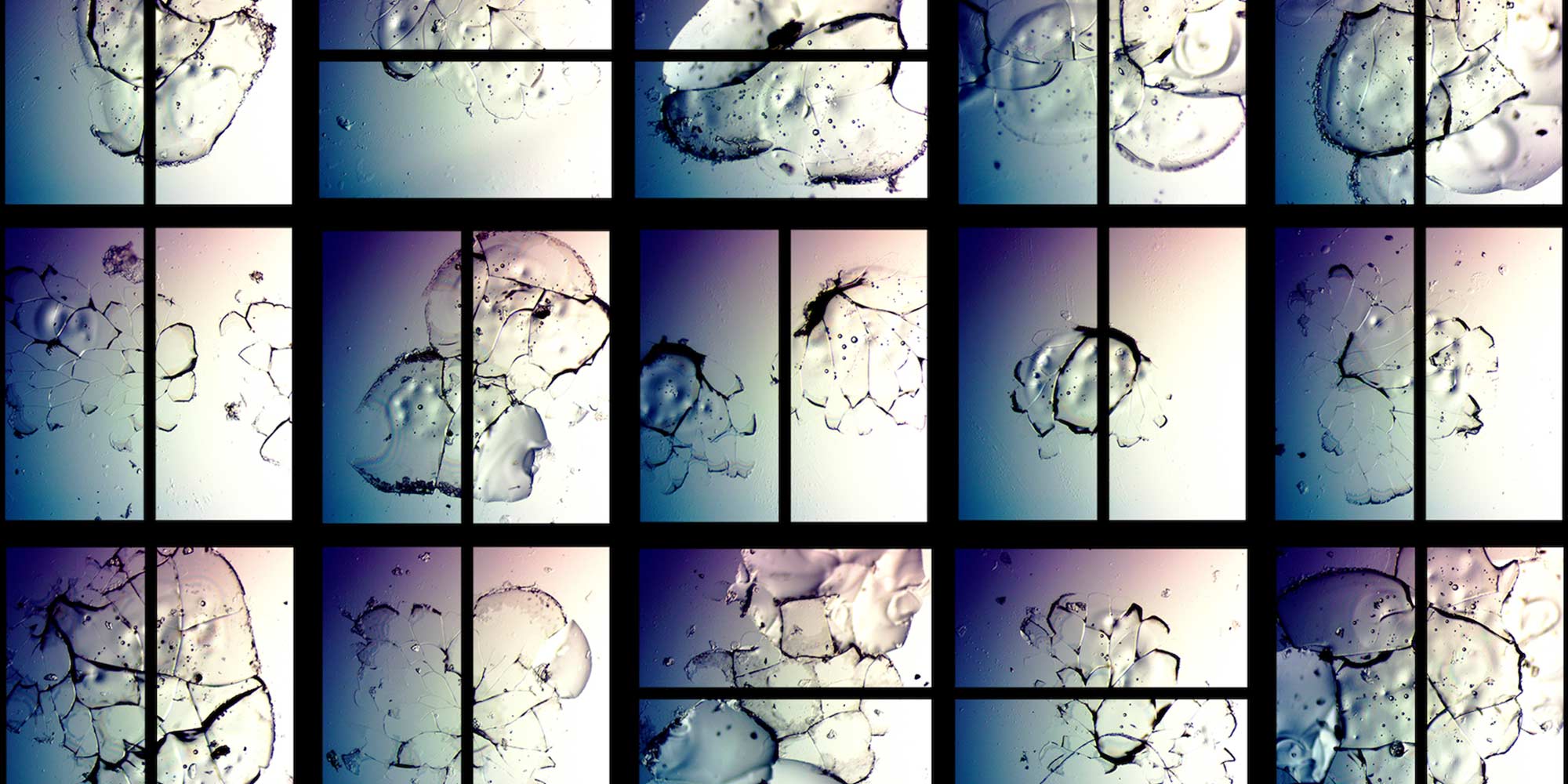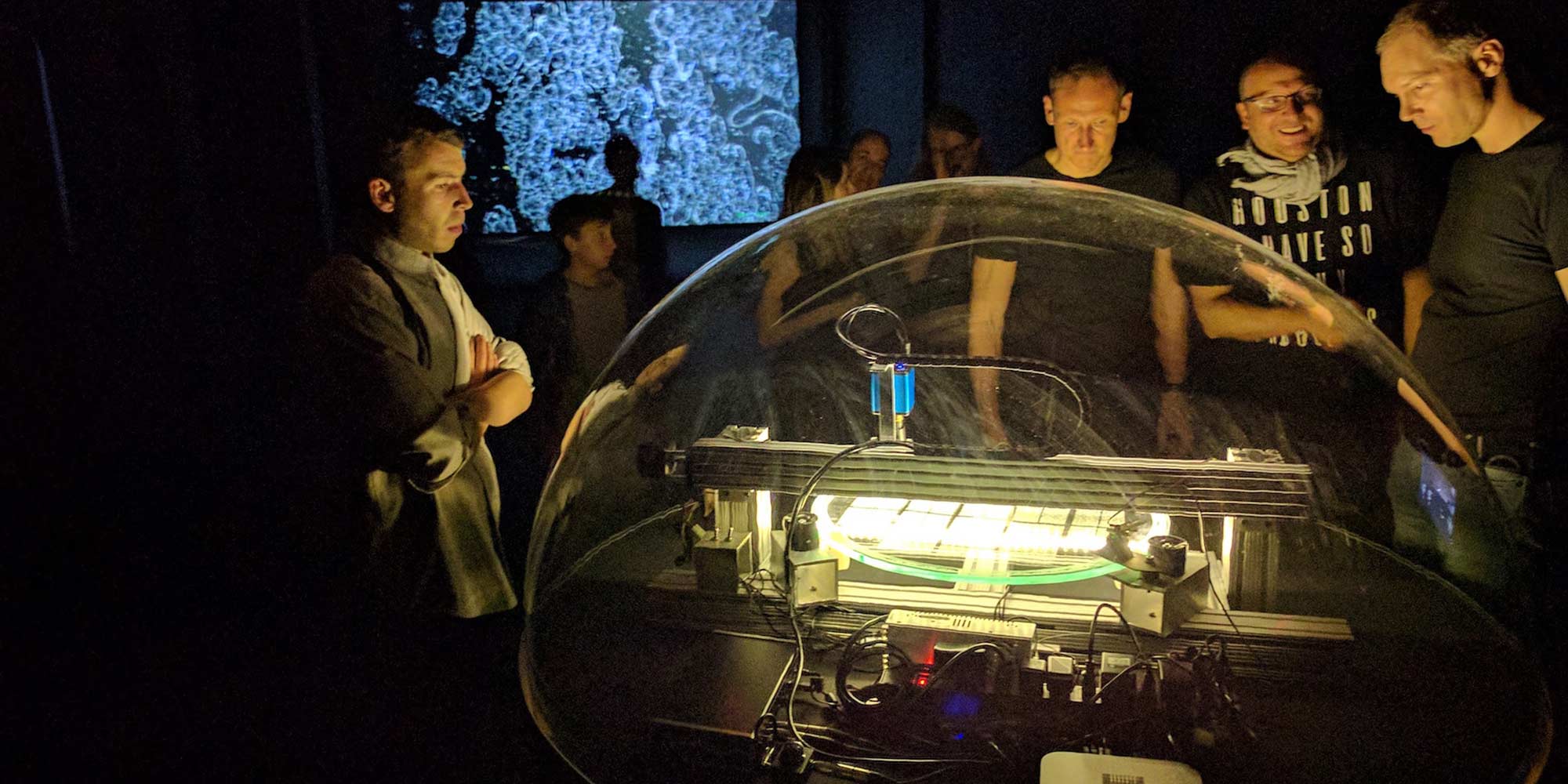The European ARTificial Intelligence Lab focuses its research on Artificial Intelligence and all related issues. For transdisciplinary work, research and inputs from the art world, residencies are advertised. Depending on the partner institution, the topics of these residencies focus on different sub-areas. Together with the SETI Institute the latest residency is announced – we are looking for projects on Artificial Intelligence that reflect on the beginnings of life and critically reflect our anthropocentric world view. We spoke with the director of the Artist-in-Residence Program, Bettina Forget, to find out more.

The SETI Institute and Ars Electronica are cooperating for an Artist-in-Residence-program within the European ARTificial Intelligence Lab. Where do you see the opportunities of this collaboration?
Bettina Forget: The SETI Institute’s Artist-in-Residence (AIR) program and Ars Electronica share a common mission. We both explore the entanglements of art, science, and technology, and we reflect on how this fusion connects to the human condition and our future as a society. At the SETI Institute, we refer to this approach as being “archeologists of the future.” The SETI AIR program sees the art-science convergence not only as a strategy to engage with the general public, but also as a way to create new knowledge and reinvent epistemologies. The playing field of art-science-technology allows us to challenge assumptions, ask questions, and contemplate possibilities. An art residency that explores this trans-disciplinary site will inform and contextualize the research and discoveries of our scientists, and will introduce the work that takes place at the SETI Institute to a wider audience.
The SETI Institute is known for its research into alien intelligence, machine learning and the search for cosmic technosignatures. Can you give us a closer look at your institution?
Bettina Forget: The SETI Institute leads humanity’s quest to understand the origins and prevalence of life and intelligence in the universe. A large part of this endeavour is SETI research, the search for a signal from an alien civilization. For this quest, the SETI Institute uses its Allen Telescope Array (ATA), a constellation of radio telescopes located in the Cascade Mountains of California. We receive a massive amount of data from these radio dishes, which makes machine learning an essential tool in SETI work: How do we distinguish a technosignature from the cosmic noise? How can we parse out a language from the signal? How can we identify an alien language of which we can’t yet conceive?
Other significant areas of the SETI Institute’s research are astrobiology, the exploration of life beyond Earth, and exoplanet research, the study of planets beyond our solar system. In the last 25 years, over 4,000 exoplanets have been confirmed, and the number is rapidly increasing as new space telescopes survey the sky. As vast amounts of data cascade in from these missions, SETI researchers rely on AI to identify and classify various types of exoplanets and possible biosignatures. The search for alien signals, life beyond Earth, and habitable worlds are all linked to the same fundamental, overarching research question: Are we alone? It is a rich ground of exploration for both scientists and artists.

The topic of the residency is “SETI x AI.” What do you expect from the submissions?
Bettina Forget: The artwork resulting from the SETI x AI residency should meaningfully reflect on the work that is undertaken at the SETI Institute, be it research in SETI, astrobiology, or exoplanets. The proposed project should offer informed critical perspectives on scientific research and consider the role of AI and machine learning in the SETI Institute’s work. The submissions should include comprehensive description of the project and representative sample images to give us an idea of the aesthetic framework.
What can artists expect from this residency? What do they have to consider, what can they look forward to?
Bettina Forget: This residency invites an artist to spend four to six weeks at the SETI Institute, where she/he will collaborate with one of our scientists to develop an artwork influenced by some aspect of the SETI Institute’s research. This is an exciting opportunity for an artist to get to know leading scientists in the most cutting-edge fields of research.
The artist will stay at the Montalvo Arts Center, who is one of our institutional partners. Located in California’s Saratoga Hills, the Montalvo Arts Center is a unique multi-disciplinary arts organization that engages the public in the creative process and acts as a catalyst for exploring the arts. We are also planning to bring the artist on a visit to the Allen Telescope Array to experience SETI research first-hand.
The stay at the SETI Institute will be followed by a three to six-week stay at the Ars Electronica Futurelab, where the artist will create the artwork to be exhibited at the annual Ars Electronica Festival in 2021.
How can we imagine the result?
Bettina Forget: The SETI Institute’s researchers ask big questions: Are we alone in the universe? What is intelligence? How do we identify and define “Life”? The artist in residence should tackle these questions as well, acting as a mediator between the researcher and the audience.
We are interested both in the creative process as well as the final artwork. Work product from the research-creation and development phase of the residency will be of interest as much as the resulting exhibition piece. In terms of form and function, while a strong aesthetic component is important to captivate the audience, it is also essential that the artwork conveys insights and provokes questions. We are looking for a work of art that will both delight and inspire.


Bettina Forget is the Director of the SETI Institute’s Artist-in-Residence program and the Founder of Visual Voice Gallery. She is a Public Scholar and doctoral candidate in Art Education at Concordia University, Canada. Her academic research examines how transdisciplinary education may disrupt gender stereotypes. Her research is funded by the Social Sciences and Humanities Research Council of Canada and a Renata and Michal Hornstein Doctoral Fellowship.
